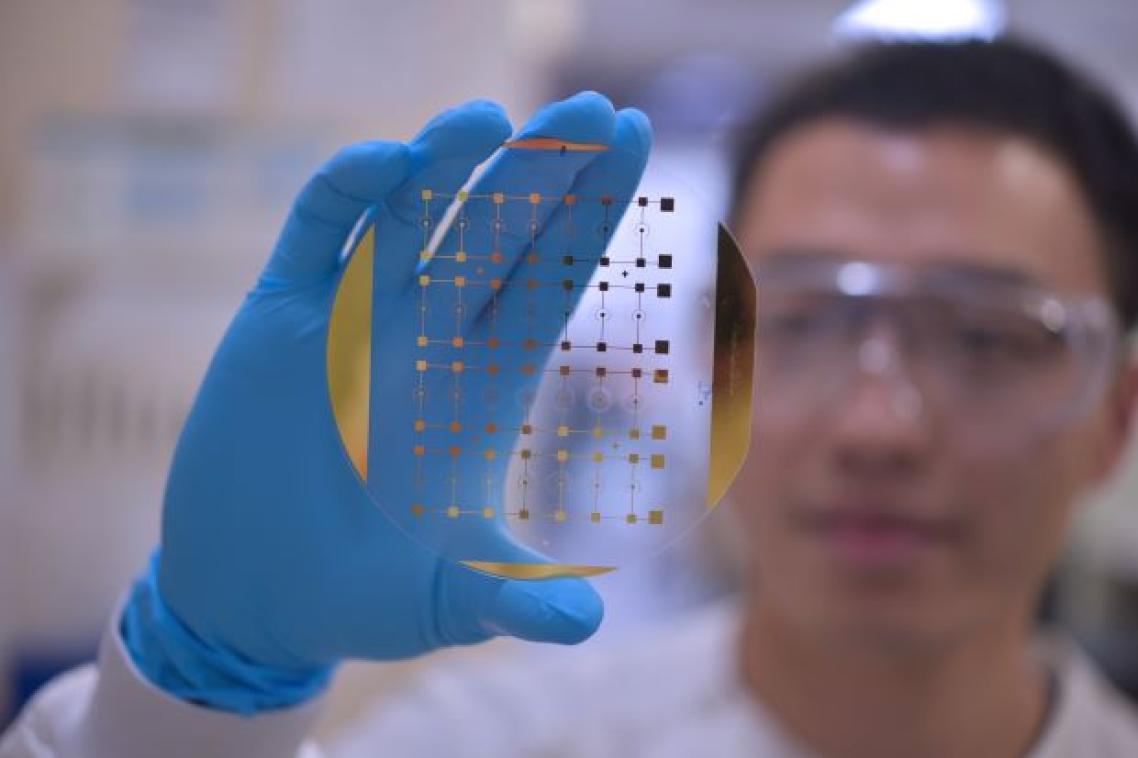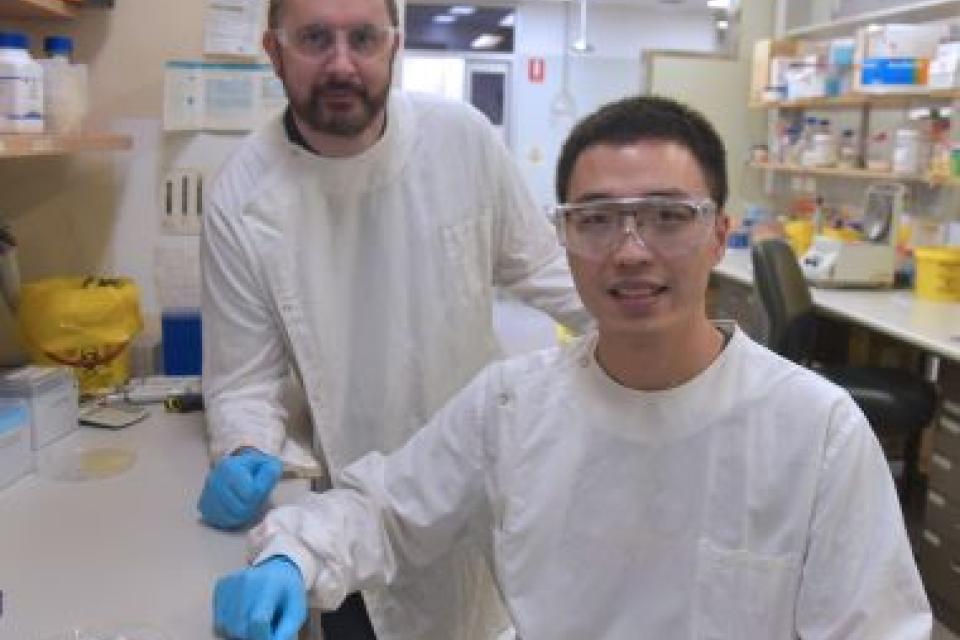Detecting lung cancer with nanotech

University of Queensland researchers have designed a device that uses a simple blood test to detect early stage lung cancer.
Dr Richard Lobb and Quan Zhou from UQ’s Australian Institute for Bioengineering and Nanotechnology said the diagnostic device could help patients begin treatment and get ahead of the disease before it spreads.
“Lung cancer is the most common cause of cancer death in Australia, claiming the lives of almost 9000 people each year,” Dr Lobb said.
“Despite its prevalence, the initial detection and screening process for the disease can be drawn out and expensive, involving scans, imaging tests and biopsy procedures.
“The technology we’ve developed is non-invasive and can detect very small lung cancer nodules to hopefully catch the disease in the first stage.”
The nanodevice analyses the patient’s blood sample, looking for a particular biomarker – the sugars that coat the tiny messenger particles known as extracellular vesicles (EVs).

“A drop of blood can be all that’s needed to alert clinicians to the presence of small lung cancer nodules and allow intervention while the disease is in its early stages,” Dr Lobb said.
A clinical study involving 40 patients found the technology successfully differentiated patients with early-stage malignant lung nodules from those with benign lung nodules.
“The results show the potential to use EV glycans to diagnose other diseases non-invasively,” Mr Zhou said.
“This device, and a simple blood test, could help clinicians step in before more intensive scanning or treatments or drug regimes are needed.”
The nanodevice was designed in the lab of ARC Laureate and AIBN senior group leader Professor Matt Trau, with AIBN scholars Xueming Niu, Dr Alain Wuethrich and Dr Zhen Zhang contributing to the research.
The research paper was published in Advanced Science.
Image above left: Dr Richard Lobb and Quan Zhou.
Media contact
AIBN Communications
communications@aibn.uq.edu.au
+61 447 305 979
Related articles

Australia needs doctors – so why are hundreds of qualified international physicians unable to work?

Greater attention needed on community service workforce
Media contact
UQ Communications
communications@uq.edu.au
+61 429 056 139
